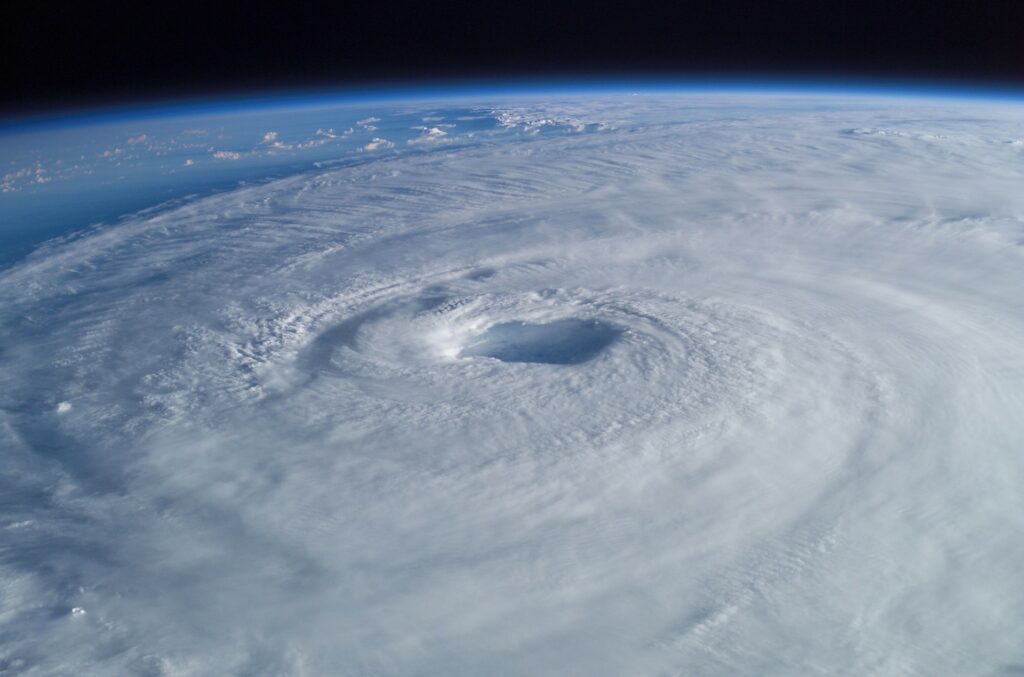The China Meteorological Administration (CMA) has officially inaugurated the Asia-Pacific Typhoon Collaborative Research Center (AP-TCRC) in Shanghai, which will serve as a focal point in reducing the risk from future tropical cyclone disasters.
The AP-TCRC will be an official institution of the Economic Commission for Asia and the Pacific/WMO Typhoon Committee, which has established an effective mechanism to coordinate typhoon forecasting and early warning services.
China will host the center through a joint effort by the Shanghai Municipal People’s Government and the CMA, creating a center of coordinated research and the transfer of typhoon technology, predominantly in Asia and the Pacific and, potentially, globally.
According to the WMO, tropical cyclones have accounted for one-third of deaths and economic losses from weather-, climate- and water-related disasters in the last 50 years. On average, there are around 84 tropical cyclones globally every year, of which around one-third occur in the Western North Pacific region.
Speaking at the center’s opening ceremony, Dr Wenjian Zhang, WMO assistant secretary general, said that climate change is increasing the impact of tropical cyclones.
Referencing the Intergovernmental Panel on Climate Change (IPCC) Sixth Assessment Report, Zhang said that it is probable that the most intense phase of typhoons in the Western Pacific has shifted northward and that it is likely that the global proportion of major tropical cyclones has increased, with associated risks of stronger winds, heavier rainfall, higher waves and storm surges, and coastal flooding.
He said, “From this, we can see that there is a pressing need for strengthening regional and international cooperation in the technical development of typhoon monitoring and forecasting and early warning, and prevention and mitigation of the extreme typhoon disasters.”
The AP-TCRC will initially prioritize areas with a focus on key techniques of typhoon numerical modeling and prediction, incorporating risks and impacts on societies, as well as tropical cyclone observation experiments with international and regional collaboration. It will promote science and technologies such AI, big data and Earth system modeling.
To support and improve the regional capacity of typhoon disaster prevention and mitigation, CMA will initiate joint research activities and projects on difficult issues related to typhoon monitoring and prediction with scientific institutions around the world.



